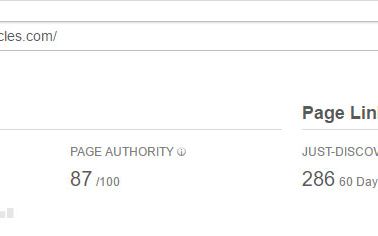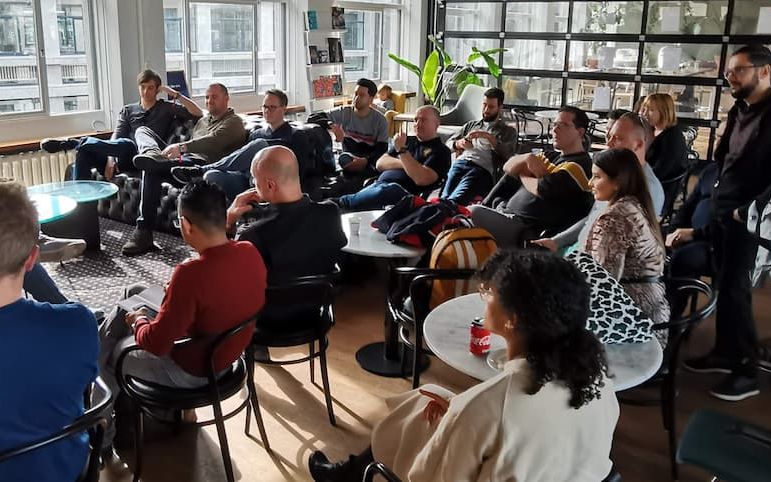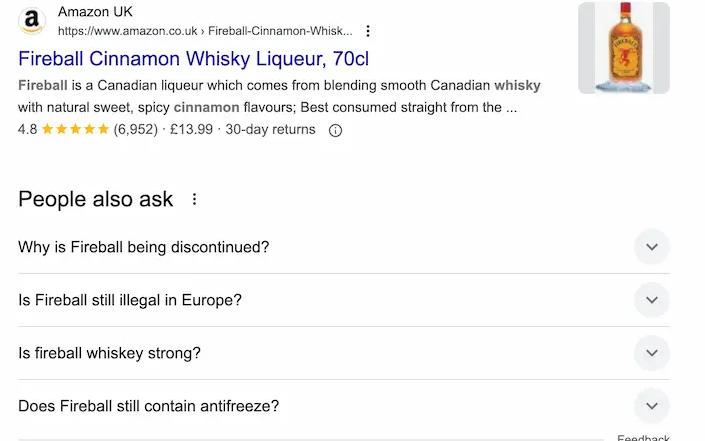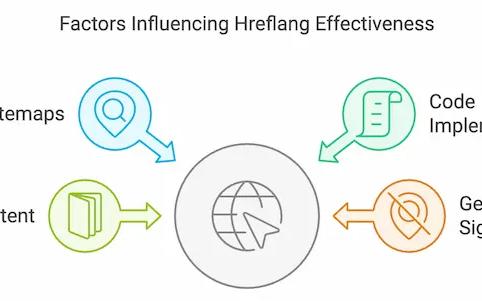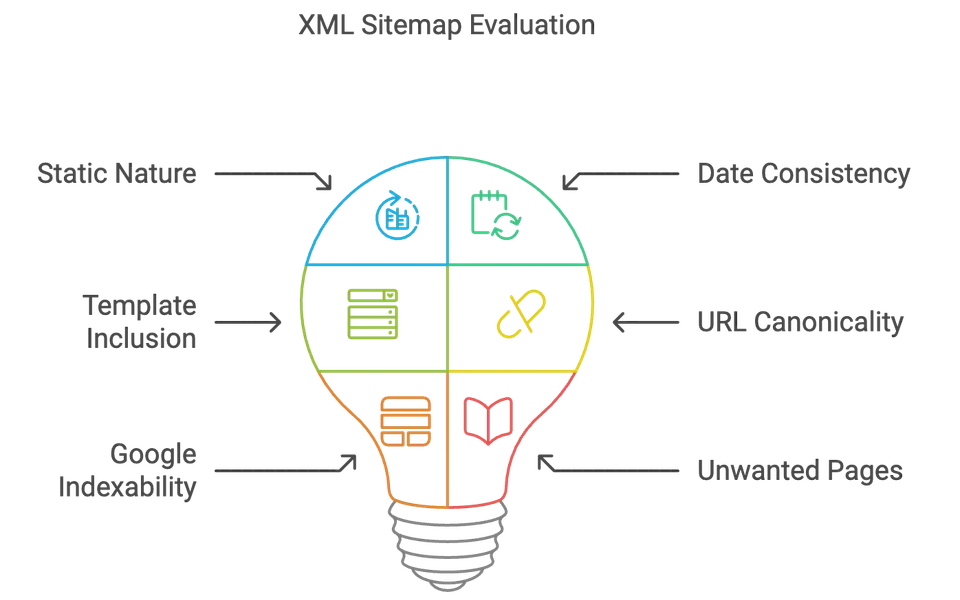Opinion piece from Joe Ford, Head of SEO at digital agency Organic.
UX and SEO need to work together. The benefits of their partnership can often be overlooked, but essentially you want and need to work with a strong team across both disciplines. UX is becoming an integral part of a solid SEO strategy. With this in mind, it’s worth asking the question of whether it would be possible to link up SEO principles with basic UX principles?
The short answer is yes, and it’s worth starting with the well-known “Ten Usability Heuristics” of Jakob Neilsen, commonly regarded as the industry’s standard principles. In this piece we’ll dive into the first five and how we can match them with the SEO variation.
1 Visibility of System Status
“The design should always keep users informed about what is going on, through appropriate feedback within a reasonable amount of time.
When users know the current system status, they learn the outcome of their prior interactions and determine next steps. Predictable interactions create trust in the product as well as the brand.”
Simply put, a user should know where they are and what is going to happen at any given touch point. That’s easy enough when it comes to SEO, too.
Knowing where you are comes down to the URL, Page Titles, H1s, H2s and navigation; these should very clearly explain where a user is and what the page is about. Choosing a good title will instantly let everyone on the page know the purpose of the page.
Good navigation, which is always one of the most important linking opportunities, is also a significant factor in knowing where you are and where you can go.
Keyword anchor text, the first lesson ever learnt as an SEO for internal linking, sums up the part about keeping users informed about what is going on. If a user is going to click on a link, the user/bot should understand where they will be going and what the destination should be about.
2 Match between System and The Real World
“The design should speak the users’ language. Use words, phrases, and concepts familiar to the user, rather than internal jargon. Follow real-world conventions, making information appear in a natural and logical order.
The way you should design depends very much on your specific users. Terms, concepts, icons, and images that seem perfectly clear to you and your colleagues may be unfamiliar or confusing to your users.
When a design’s controls follow real-world conventions and correspond to desired outcomes (called natural mapping), it’s easier for users to learn and remember how the interface works. This helps to build an experience that feels intuitive.”
This could’ve been pulled directly from the SEO playbook. “Speak the users’ language” is effectively a way of saying do your keyword research and find and use the terms customers actually use.
Again, there is also a degree of good keyword usage across linking. The design should follow real-world conventions; a link goes somewhere, and it’s important to ensure that it’s clear where it goes and why it is taking you somewhere else.
3 User Control and Freedom
“Users often perform actions by mistake. They need a clearly marked “emergency exit” to leave the unwanted action without having to go through an extended process.
When it’s easy for people to back out of a process or undo an action, it fosters a sense of freedom and confidence. Exits allow users to remain in control of the system and avoid getting stuck and feeling frustrated.”
This one was harder. While I agree, users should be able to exit easily, having the ability to do that doesn’t really come up as an SEO tactic. Honestly, the only way I could relate this one back to SEO is that you should make the site useful and target your pages correctly so that anyone coming into from SERPs is happy with what they find and doesn’t need an emergency exit from the page.
4 Consistency and Standards
“Users should not have to wonder whether different words, situations, or actions mean the same thing. Follow platform and industry conventions.
Jakob’s Law states that people spend most of their time using digital products other than yours. Users’ experiences with those other products set their expectations. Failing to maintain consistency may increase the users’ cognitive load by forcing them to learn something new.”
Users expect a certain taxonomy flow within a site and there should be an easy, conventional route to things that exist across most sites, such as About and Contact sections. While your company might have a really fun way of describing team members, naming that part of the site anything other than what people will expect – something like “Meet the team” or “Our people” will cause all sorts of confusion for both users and search engines.
5 Error Prevention
“Good error messages are important, but the best designs carefully prevent problems from occurring in the first place. Either eliminate error-prone conditions, or check for them and present users with a confirmation option before they commit to the action.
There are two types of errors: slips and mistakes. Slips are unconscious errors caused by inattention. Mistakes are conscious errors based on a mismatch between the user’s mental model and the design.”
Errors for SEO often mean a 404 code and a poor experience, without any linking to help a user get back to try again with what they wanted to do. While some 404s are valid and can be the right option, broken links and changes that slip under the radar can all harm a site. A large number of errors will inevitably be a big red cross against your site as a whole and can adversely affect how search engines may think of your overall quality. Prevent those errors with good hygiene and regular checks to make sure things aren’t broken and that users find an error page.
Final thoughts
The next time you revisit your longer-term strategy, invite UX in, create a joint strategy and figure out your common goals that you can work towards together. Obviously, there will be separate jobs and tasks, but there is a middle ground of SEO changes that will affect UX, UI and CRO and a lot of UX changes that will affect SEO. In our follow up piece, we will be drawing on the next five of the “Ten Usability Heuristics” of Jakob Neilsen, and how we can also match these with the SEO variation.
















